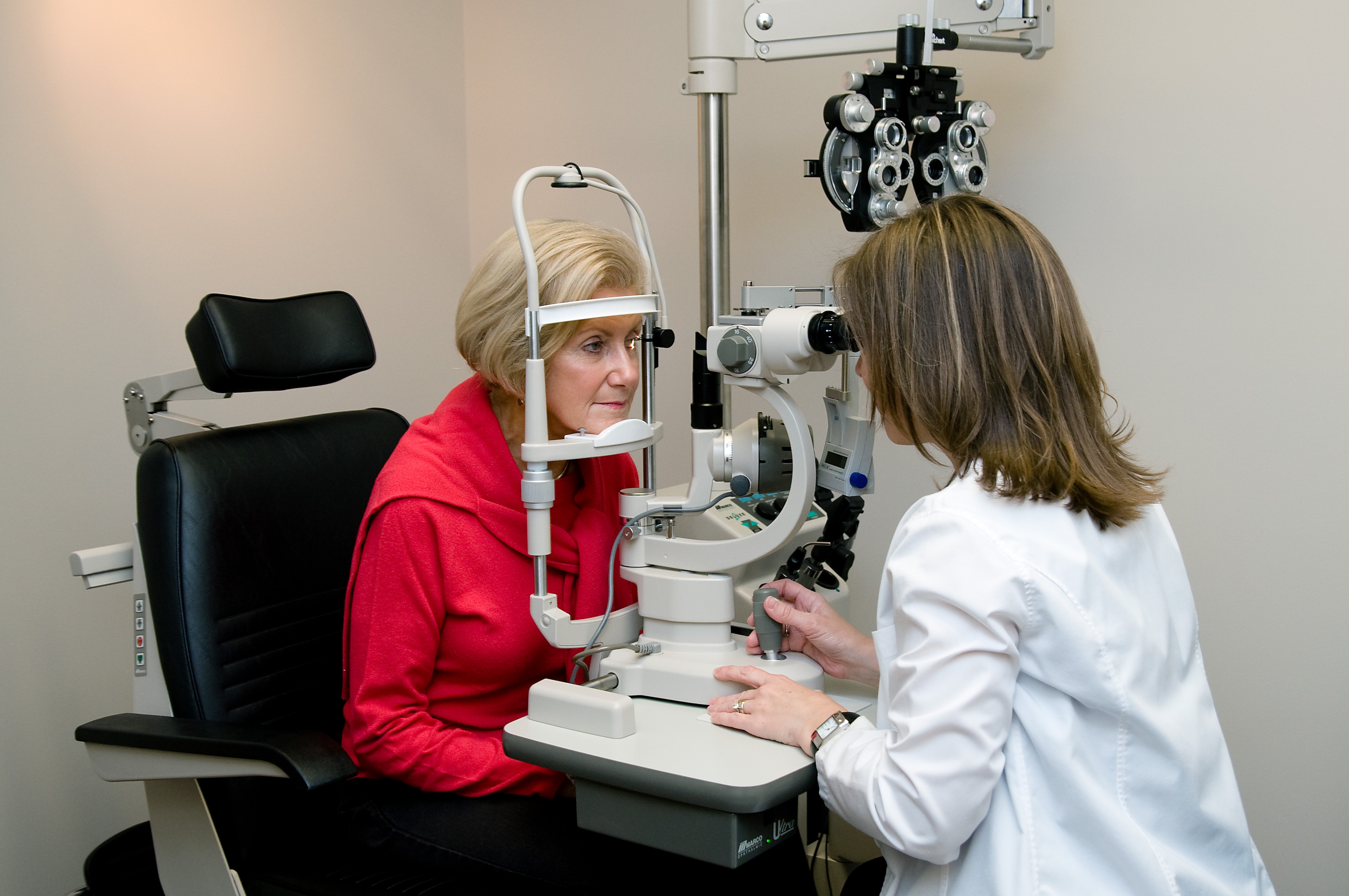
I will never forget a patient I had about 7 years ago who almost ran into a wall walking back to the exam room. Patients like to joke about walking into walls or tripping after I dilate them because they can’t see, but this patient wasn’t kidding. Unfortunately, as I examined him, I discovered that he had late-stage glaucoma and very limited peripheral vision. His eye pressures were very elevated. His last eye exam had been 10 years earlier. All I could do for him at this point was prescribe him temporary glaucoma medications and get him quickly to the glaucoma surgeon before he lost all of his vision.
This situation bothered me for several reasons. The most apparent reason being that this patient would probably go blind even with extensive glaucoma treatment since his disease was so progressed. If only he would have come in a few years earlier, this could have been prevented. The second reason is he is diabetic. Surely someone told him he needed an eye exam to check for bleeding in the eye, cataracts, and you guessed it…glaucoma.
Whenever someone asks me why they need an eye exam if they have no vision problems, I always think of this patient.
The most common type of glaucoma can affect all ages, does not hurt, make your vision blurry, or give you headaches. In fact there are usually no symptoms until the glaucoma is severe. If caught early through a comprehensive eye exam, glaucoma is treatable, and most individuals can maintain functional vision throughout their lifetime.
Although I recommend an exam for everyone, those individuals with a family history of glaucoma, Caucasians and Hispanics over age 60, and African Americans over age 40, are among those at highest risk and should schedule an appointment to rule out this treatable disease.
For more information about glaucoma, click here.

